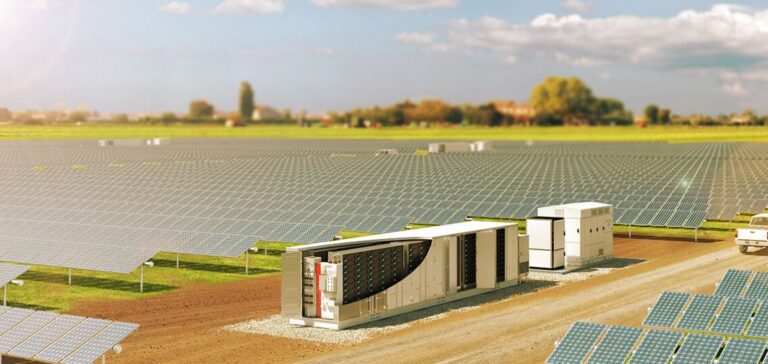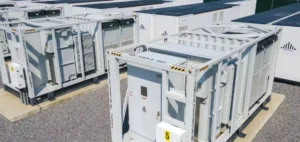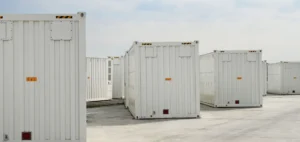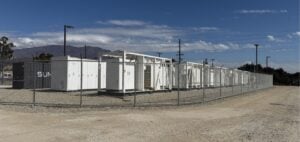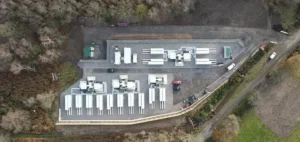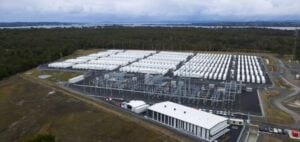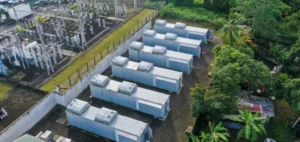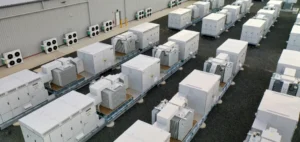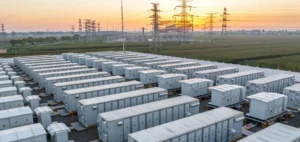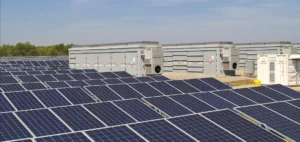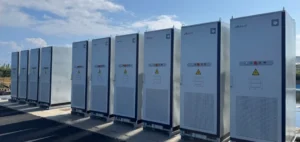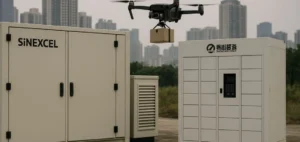Canadian Solar Inc. through its subsidiary e-STORAGE is supplying 11 MW AC / 22 MWh AC energy storage solutions to Root-Power Ltd. These solutions are destined for the Coryton Energy Park project in Corringham, Essex, England. Construction of the project began in May 2024.
Technology and Innovation
The Coryton project uses Canadian Solar’s SolBank energy storage solution, certified to UL standards for safety and performance.
SolBank features high-density lithium-iron-phosphate (LFP) cells, an active battery management system (BMS) and an innovative liquid-cooled thermal management system (TMS).
Thanks to its superior energy density and compact design, SolBank delivers significant savings on field costs.
Perspectives and Development
Neil Brooks, Managing Director of Root-Power, expresses his enthusiasm for the collaboration, highlighting Root-Power’s ability to add 150 MWh of storage capacity to its portfolio in 2024 and 2025.
He also mentions the choice of e-STORAGE based on Canadian Solar’s proven track record in delivering these systems and exemplary ESG and supply chain management.
Colin Parkin, Chairman of e-STORAGE, confirms the importance of this project in strengthening the UK electricity grid and supporting the transition to green energy.
The partnership between Canadian Solar and Root-Power reflects the current dynamics of the UK energy market, with a growing need for large-scale energy storage solutions.
Economic and environmental impact
Projects like Coryton are essential for stabilizing the grid and integrating renewable energy sources.
They reduce dependence on fossil fuels, create jobs and stimulate the local economy.
Technological innovation, such as that provided by SolBank, maximizes the efficiency and viability of energy storage projects.
This project represents a significant step towards a more sustainable energy future in the UK, demonstrating the commitment of businesses to investing in innovative solutions and supporting the country’s environmental goals.
The integration of these technologies into existing infrastructures is becoming increasingly essential to meet today’s energy challenges.


